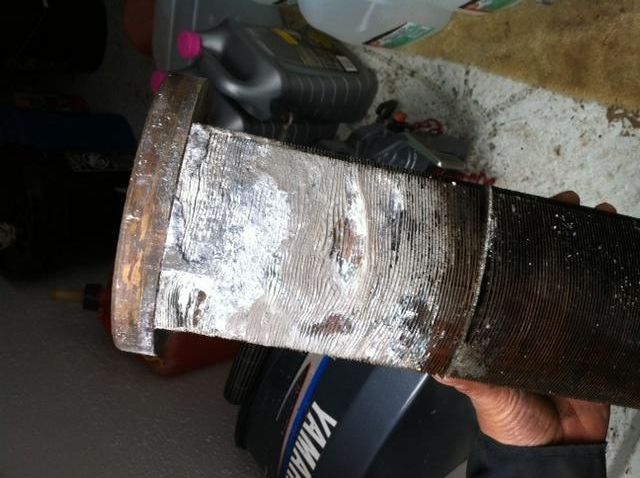ZZ13
Well-Known Member
Would fresh water flushwhen back at the dock reduce these service requirements? I see systems for sale that you hook up your water hose and flush the engine with fresh water when finished running for the day. I would happily do this to save $5000 every three years....
Does the corrosion happen most when running or when sitting? If sitting with fresh water in the coolers I would think the boat would have pretty much the service interval of a fresh water boat...
What do you guys think?
I don't know about these costs that are floating around on this thread for the service of the coolers and exchangers. But my full service was less than $3000 including the cost of a new aftercooler. If I didn't need the new parts the job would have been well under $1000.









